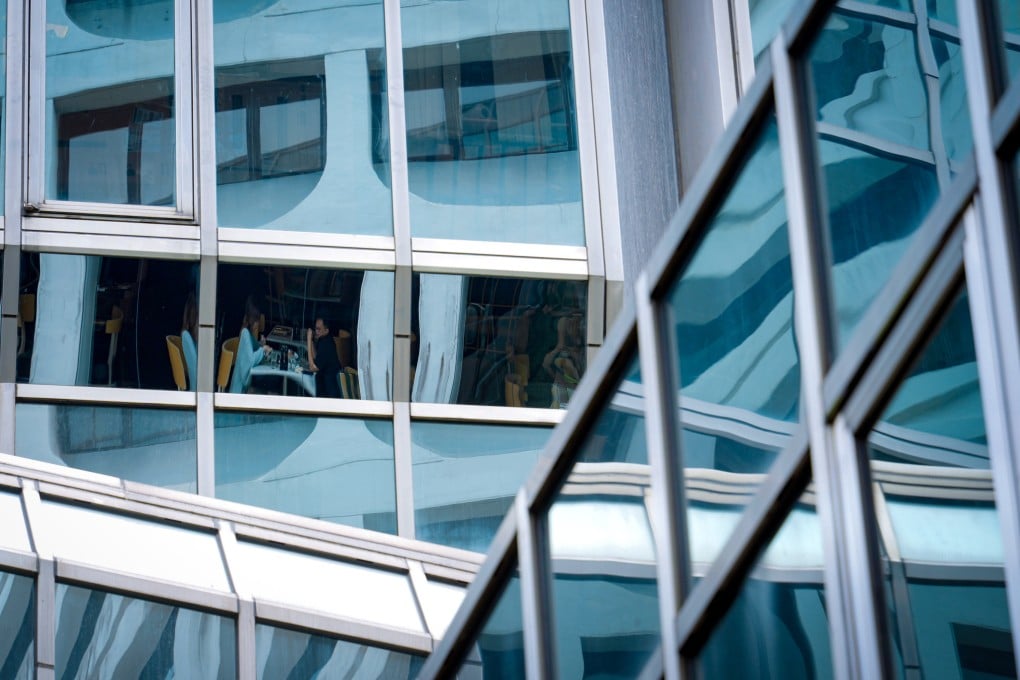Green buildings: Hong Kong needs ‘revolution’ in materials, cull of old ‘carbon-hog’ structures, says David Gottfried
- Industry needs to accelerate adoption of construction materials with lower ‘embodied’ carbon, says World Green Building Council founder
- City should use ‘carrots and sticks’, including a carbon tax, to encourage retrofitting or replacement of old buildings, Gottfried says

Hong Kong needs to implement a carbon tax for building owners and use more environmentally friendly construction materials to reduce the carbon footprint of the city’s concrete jungle, according to the father of the global green building movement.
Reducing embodied carbon – the greenhouse-gas emissions associated with the manufacturing, transportation and installation of materials – will be the next wave of the green building movement, David Gottfried, the founder of both the World Green Building Council and the US Green Building Council, said in an interview.
Hong Kong’s top-tier developers are “as good as I’ve seen anywhere in the world” in their understanding and adoption of green building concepts, Gottfried said. Yet they can do more to increase their use of materials with lower embodied carbon.
Meanwhile, a greater problem is the city’s population of old, inefficient buildings. “They’re carbon hogs,” he said. “I call them clunker buildings. Over 30 years the amount of carbon they’re consuming is equivalent to the skyscraper building three times their size. We have to deal with them now, that’s where the carbon is in Hong Kong.”

Embodied carbon is responsible for around 11 per cent of emissions globally and 28 per cent of the global building sector’s emissions, Gottfried said. It is expected to account for around 72 per cent of the emissions associated with new construction around the world from now until 2030.
